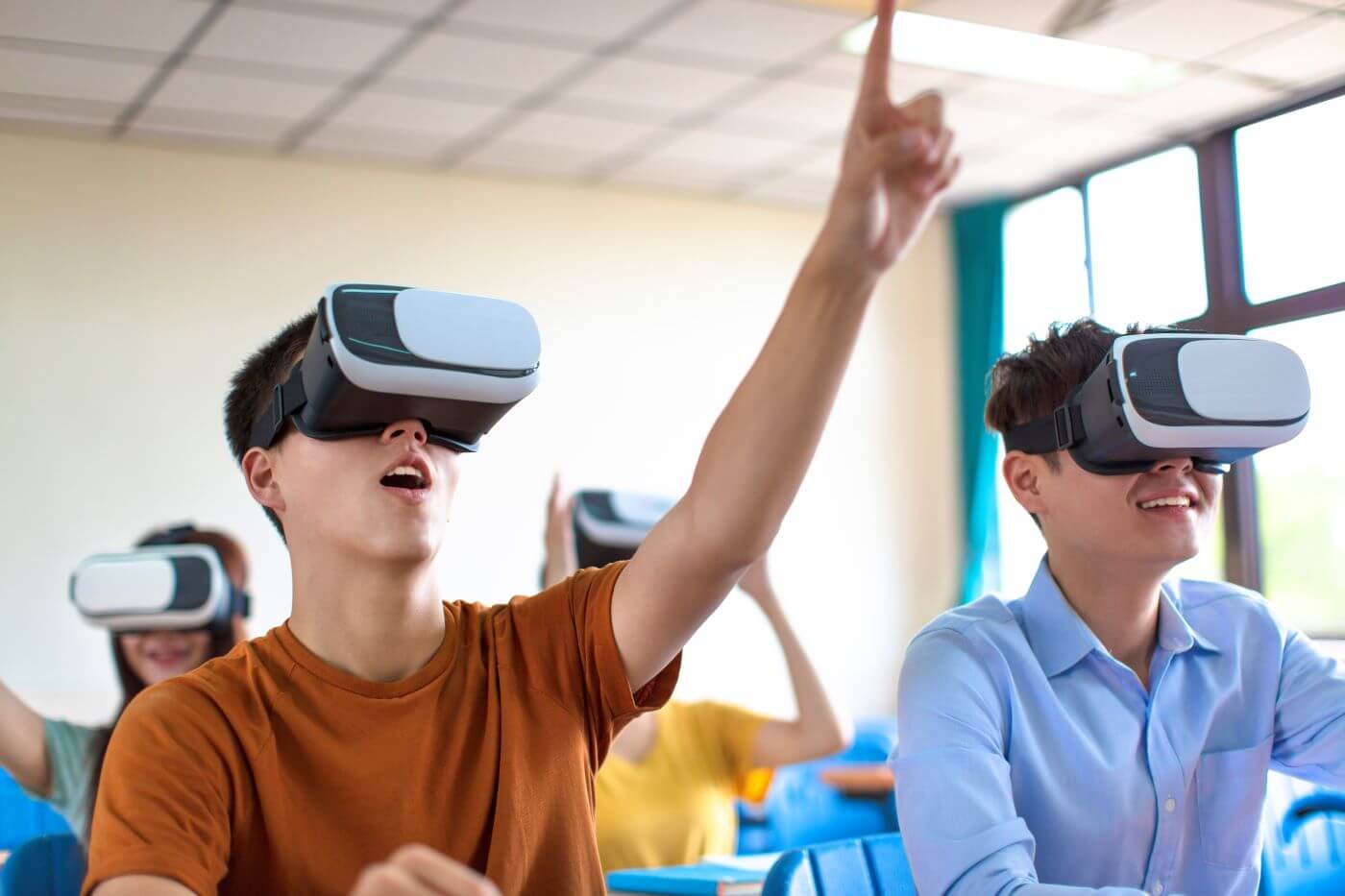Technology is evolving at such a rapid pace that ideas that we thought were dreams are suddenly becoming reality. The sudden introduction of Virtual Reality and its benefits to society are beginning to be put into action. This new platform is already changing our world in areas such as gaming, education, healthcare, travel and workplace productivity. Currently game developers are experimenting with creating a completely immersive experience for the user. The rising popularity means that designers are in high demand to bring their skills to the table. Jobs such as User Experience Designers and Animation Designers are vital to making a Virtual Reality experience successful.
“VR is transforming the way that designers work, as they no longer need to create life-size models of their designs but can use VR technology to preview and prototype them before taking them further. It also helps designers put themselves in the shoes of the user more than ever before” (Emerging Technology In UX Design).
This technology not only helps designers produce work more efficiently, but it can help students’ education. Due to the pandemic it has been hard for teachers to translate hands on activities to the zoom platform. Virtual Reality can take hands-on learning to the next level. Instead of observing a teacher perform a task over zoom, a student or can visualize themselves performing it. This technology can break down the barriers we are facing of virtual learning and create a platform that simulates what it would be like in a classroom physically interacting with materials.
A current obstacle for schools is the lack of accessibility and education of these Virtual Reality platforms. I believe that in the next coming years this technology advancement will become commercial.
A program called ClassVR is already making strides in the classroom. This program is the world’s first affordable VR/AR solution designed to give schools everything they need to deliver an exciting, engaging and truly immersive learning experience. The platform integrated headsets and inbuilt camera, a robust charging and storage unit, classroom controls for the teacher, over 500 VR and AR activities with structured curriculum-aligned lesson plans and a team of educational specialists ready to help schools implement this exciting new technology. (Virtual Reality In The School Classroom)

Once the price becomes manageable I see Virtual Reality being implemented into every school across America. With the potential for students to never return back to in person learning, Virtual Reality platforms such as ClassVR could become the preferred way of education. The digital age has made designers even more necessary and the progression of Virtual Reality platforms will only heighten these numbers.


